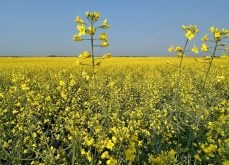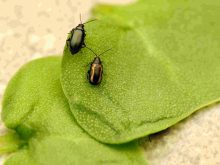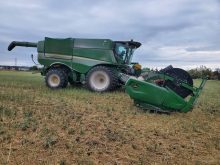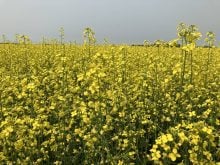Canola farmers in Saskatchewan are leaving more than seven percent of their crop in the field, according to a post-harvest study conducted at the University of Saskatchewan.
Researcher Teketel Haile said yield losses in a two-year study conducted on 66 commercial farm fields in Saskatchewan during 2010 and 2011 showed average harvest losses of 184 kilograms per hectare or 3.3 bushels per acre.
If those losses are indicative of losses in other provinces, Canadian producers could be leaving more than 70 million bushels of canola seed on the ground this year, a loss of close to $1billion at current canola prices.
Read Also
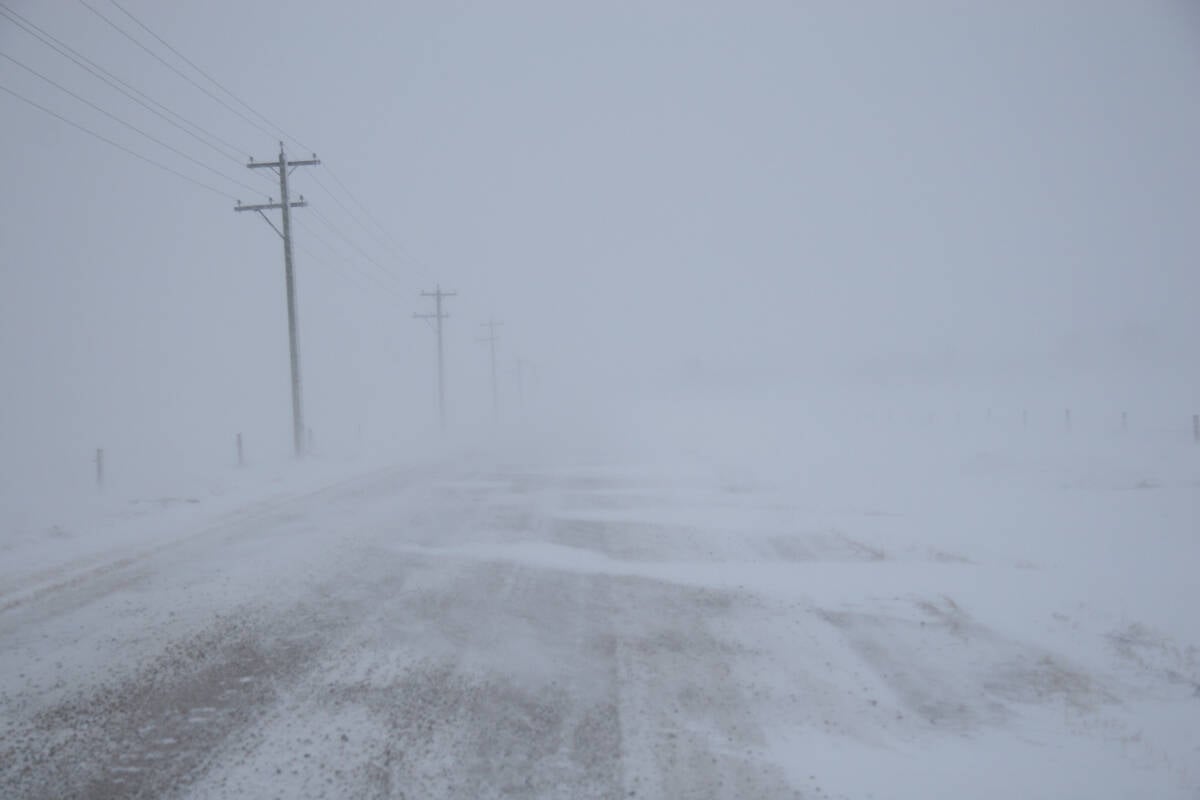
Volatile temperatures expected for this winter
DTN is forecasting a lot of temperature variability in the Canadian Prairies this winter. Precipitation should be close to average.
Total canola acreage in Canada is estimated at more than 21 million acres this year.
“Seed loss overall is very high as compared to previously reported values,” said Haile, a graduate student from the college of agriculture.
“That is a huge amount of seed bank addition.”
Haile’s study examined seed losses in 66 commercial canola fields in the Saskatoon area over a two-year period. Fifty-one fields were swathed before harvest and 15 were straight cut.
A total of 16 canola producers participated.
Haile used a modified vacuum cleaner to collect material on the soil surface. Material was collected roughly three weeks after harvest.
Samples were collected at three random locations in each of the 66 fields.
Results showed an average of 5,800 canola seeds per sq. metre or 7.3 percent of total yield.
Haile said he observed no significant difference in seed losses between swathed and straight cut fields. Seed losses were higher in fields that produced higher overall yields.
The study did not identify significant differences in seed loss based on other aspects of harvest management, such as combine speed, stubble height or reel height.
Combine speeds on the 66 fields ranged from about 3.5 miles per hour up to 5.5 m.p.h.
Steve Shirtliffe, an associate professor who served as Haile’s research adviser, said losses recorded in the study suggest that farmers are leaving a significant portion of their annual revenues on the ground.
In addition to yield losses at harvest, producers are also spending money to control volunteer canola in cereals and other crops grown the following year.
“It (volunteer canola) can be a very difficult weed to manage,” said Shirtliffe of the U of S.
“Unless you control it early, it can be very difficult to kill in a cereal crop.”
Haile’s research was part of a larger three-year study examining canola losses across the Prairies.
That study, now in its final year, examined losses on more than 200 commercial fields in five different production regions in Alberta, Saskatchewan and Manitoba.
Rob Gulden, a professor of plant science at the University of Manitoba, said yield losses in the three-year study vary considerably, but average losses so far are in the six to seven percent range.
Gulden said the prairie-wide study will measure losses and assess different factors that may contribute to seed loss, including timing of swathing, crop density and the benefits of straight cutting versus swathing.
Haile and Shirtliffe suggested that straight cutting can be an effective strategy in reducing harvest costs and limiting seed losses.
But it can also be risky.
Producers who straight cut could experience significant shattering losses, especially if heavy winds hit a ripe, standing crop.
In another study, Haile concluded that pod sealant products had little or no effect on reducing shattering losses in swathed or straight cut canola crops.
A more important factor in limiting shattering losses is varietal selection, he said.
Haile’s research on pod sealants was consistent with the findings of similar studies conducted at four other locations across Saskatchewan over the past two years.
In his research involving four Brassica napus varieties and one Brassica juncea, Haile found that among the Brassica napus varieties tested, Invigor 5440 was least prone to shattering losses.





